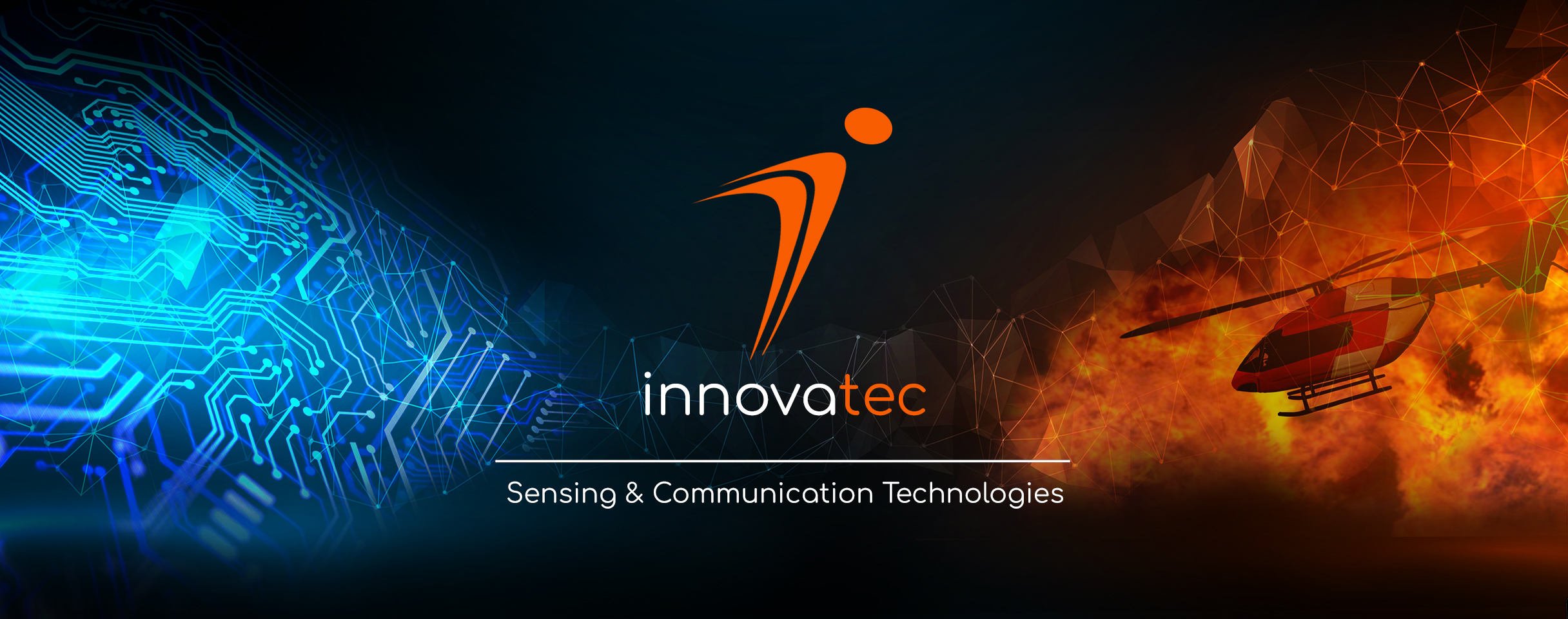R&D Projects
The aim of ForestSens is to develop a novel wireless ruggerized off-grid solar node equipped with a configurable set of sensors, supercapacitors, and a customized and novel long range satcom communications system that enables a pervasive, seamless, and inexpensive forest monitoring scheme under a disparity of conditions, for different contexts, and based on a “deploy-and-forget” approach. These nodes will provide real time information in a standardized way to control centers. ForestSens aims to be the first to take advantage of a technology that is just gaining momentum recently and becoming available in a massive way: Internet of Things supported by micro/nano-satellites. The main goal of the project is to enter the market of environment monitoring tools with a novel system without limitations with regard to communication range, which is quite common taking into account that often regions of interest are at very remote areas with no terrestrial communication service.

The main objective of TRANSVISUAL is to generate new data management algorithms and a new proprietary hardware platform to support them, equipped with multiple communications interfaces (MultiSIM, dual 4G-5G/satellite), all linked by a suitable middleware system, with advanced visualization capabilities (augmented reality, 3D), which allow the channel and data to be transmitted to be selected in real time to maximize the amount of information available, minimizing the cognitive needs of the operators and the transmission channel.

The main objective of the AEROCOM project was to obtain a new long-range communications system for emergency missions. In this type of scenario, a relatively complex series of operations are required that involve a wide variety of entities: local governments, public authorities, police and other security bodies, etc. The main requirement of this class of operations is the immediate response to the emergency. In order to satisfy this requirement, it is necessary to have communications systems and networks that are capable of interconnecting all the entities involved in the emergency, and above all guarantee connectivity to the assets that are deployed, often in remote areas and with little coverage. .

Remote operation of data transmission in emergency missions. This project devised a new architecture for a more efficient and reliable approach for information exchange during emergencies: maritime oil spill detection and tracking, search and rescue operations, and helicopter emergency medical services (HEMS). Technically, the project involved 3D geographical information systems, airborne sensors and computing units, satellite communications, biomedical devices, and user interfaces.

A very ambitious Spanish project (22M€ budget, 15 partners, 4 years) aimed at developing advanced technologies favouring the fight against forest fires and fostering forest conservation. It included satellite images acquisition and processing, satellite communications, remotely guided water missiles, unmanned aerial vehicles, wireless sensor networks, systems for low-vision flights, 3D terrain visualisation, system middleware, multiplatform software development, and firefighters tracking and monitoring devices.



